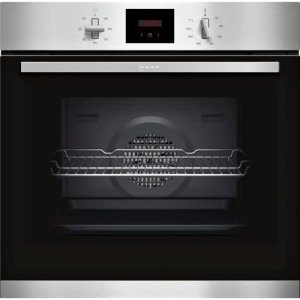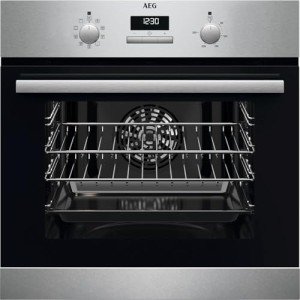In the modern kitchen, where area and functionality are critical, the single oven and hob ensemble has actually become a popular choice amongst home cooks and cooking lovers alike. This important cooking duo not only conserves space however also uses efficiency, making it an ideal solution for various cooking styles. This short article explores the features, advantages, and factors to consider connected to single ovens and hobs, equipping readers with the understanding needed to make educated choices.
Before checking out the benefits of single ovens and hobs, it is necessary to comprehend what these devices are.
A single oven is a kitchen appliance designed mainly for baking, roasting, and preparing a variety of meals. Unlike double ovens, a single oven offers one large cavity where food can be prepared, often equipped with different cooking modes such as convection, barbecuing, and defrosting.
A hob, also called a cooktop or stovetop, is the surface area where pots and pans are put to prepare food. Hobs are available in a number of varieties, including gas, electric, and induction, with each type providing unique advantages and cooking experiences.
The single oven and hob mix offers numerous benefits, making them a popular choice. Here are some engaging reasons to consider this pairing in your kitchen:
Space Efficiency

Cost-Effective
User-Friendly
Versatile Cooking Options
Easy to Clean
| Function | Single Oven | Double Oven |
|---|---|---|
| Cooking Capacity | Restricted | More cooking space |
| Energy Efficiency | Typically higher | Possibly lower |
| Expense | More cost effective | Greater initial investment |
| Adaptability | Excellent | Exceptional for multi-course meals |
| Size | Compact | Needs more area |
| User Friendliness | Typically easier | Might be intricate for some |
When choosing a Best Single Electric Oven oven and hob for your kitchen, numerous aspects should be considered:
Type of Hob
Oven Features
Budget
Design and Aesthetics
Energy Efficiency Rating
To make sure longevity and ideal efficiency, correct maintenance of the single oven and hob is important. Here are some upkeep suggestions:
Regular Cleaning: Clean spills immediately to avoid staining and food accumulation. Use appropriate cleaners for each surface (stainless steel, glass, etc).
Check Seals and Gaskets: Ensure the oven door seals are undamaged to promote energy performance and constant cooking.
Test Electric Connections: For electric hobs, check cables and connections for tearing or damage. Always use proper wattage for hobs to prevent getting too hot.
Inspect Burners: For gas hobs, examine and clean burners frequently to avoid blockages and ensure an even flame.
Follow Manufacturer's Instructions: Adhere to the guidelines offered in the user handbook, making sure compliance with specific cleansing and upkeep suggestions.

No, induction hobs require ferrous metal pots and pans (magnetic). Look for compatibility before buying.
Measure the offered space in your kitchen and consider your cooking practices. A small household may require a smaller oven and hob compared to a large household.
Regular cleaning, checking seals and connections, and following maker directions are vital for maintaining your home appliances.
Single ovens tend to utilize less energy due to their size; nevertheless, the effectiveness likewise depends upon use and cooking habits.
It is recommended to clean up the oven after heavy use and the hob routinely, as spills can result in more substantial concerns if left ignored.
The integration of single ovens and hobs in modern kitchen areas provides significant benefits in regards to area, effectiveness, and cooking flexibility. By understanding the special features and considerations associated with these devices, consumers can make informed options resulting in a more functional and satisfying cooking experience. Embracing this versatile set allows culinary imagination while improving the total kitchen visual. As trends progress, the single oven and hob combination stays a steadfast favorite in homes around the globe.
No Data Found!

